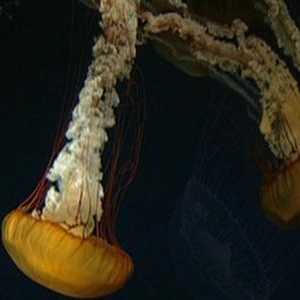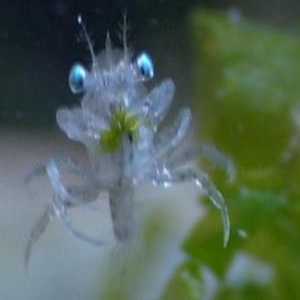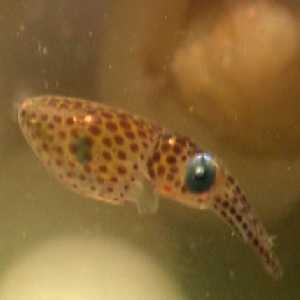Pictures from this site http://www.nicerweb.com/sketches/video/BBC-BluePlanet/3.5_SeasonalSeas/index.html
from the site : "Great scenes in this portrait of the seas through the seasons include huge swarms of jellyfish, a Herring bait ball being hunted to the last individual in a feeding frenzy from several predator species, and the hilarious Handfish. The Sea Slug chase scene shows clearly how Navanax follows the slime trail left by Janulus. The only weak segments are the Sea Otter and the Pacific Salmon (which species?), which should go a bit more in depth on the ecology of these animals."
from the site : "Great scenes in this portrait of the seas through the seasons include huge swarms of jellyfish, a Herring bait ball being hunted to the last individual in a feeding frenzy from several predator species, and the hilarious Handfish. The Sea Slug chase scene shows clearly how Navanax follows the slime trail left by Janulus. The only weak segments are the Sea Otter and the Pacific Salmon (which species?), which should go a bit more in depth on the ecology of these animals."
the jellyfish,







jellyfish medusae! so cUTE!

sea nettle jellyfish weigh about 30 kgs!
janulus ad hooded sea slug are the ultimate. And i thought the one day old lobster and crab

baby crab eating sea lettuce!
looked really cute. i was also fascinated and awed at how long a jellyfish's tentacles are-8m! like that of a giant kite flying in the sky, and the hand fish,

the handfish have specially
modified fins that look like
paws to aid their walk
amongstthe seabed where
the kelps grow.
and kelp forests that grow one metre a day................
there are so many wonders of the world we are missing everyday, as we work, play and converse, we fail to see these that happen all at the same time. i wish i had the ability to multitask or teleport to capture and document all of these.
oh, and the australian squids are up on tv now. they are so cute! one day old cuttlefishes.....

australian squid babies!
the egg cases they emerged from looked like fully filled condoms all tied together in a bunch of thirty...
nature, i love nature.

Kelp forests occur in cold, nutrient-rich water and are among the most beautiful and biologically productive habitats in the marine environment. They are found throughout the world in shallow open coastal waters, and the larger forests are restricted to temperatures less than 20ºC, extending to both the Arctic and Antarctic Circles. A dependence upon light for photosynthesis restricts them to clear shallow water and they are rarely much deeper than 15-40m. The kelps have in common a capacity for some of the most remarkable growth rates in the plant kingdom. In southern California, the Macrocystis can grow 30 cm per day.
No comments:
Post a Comment